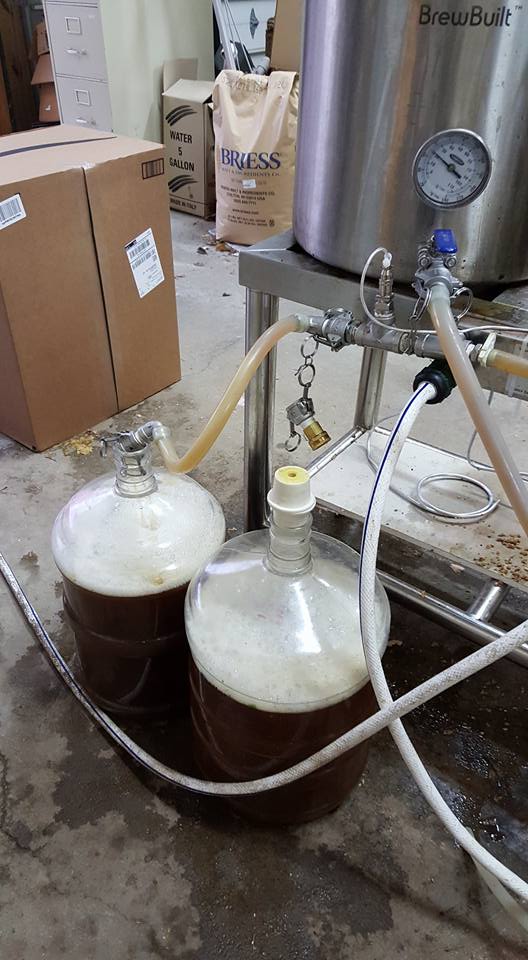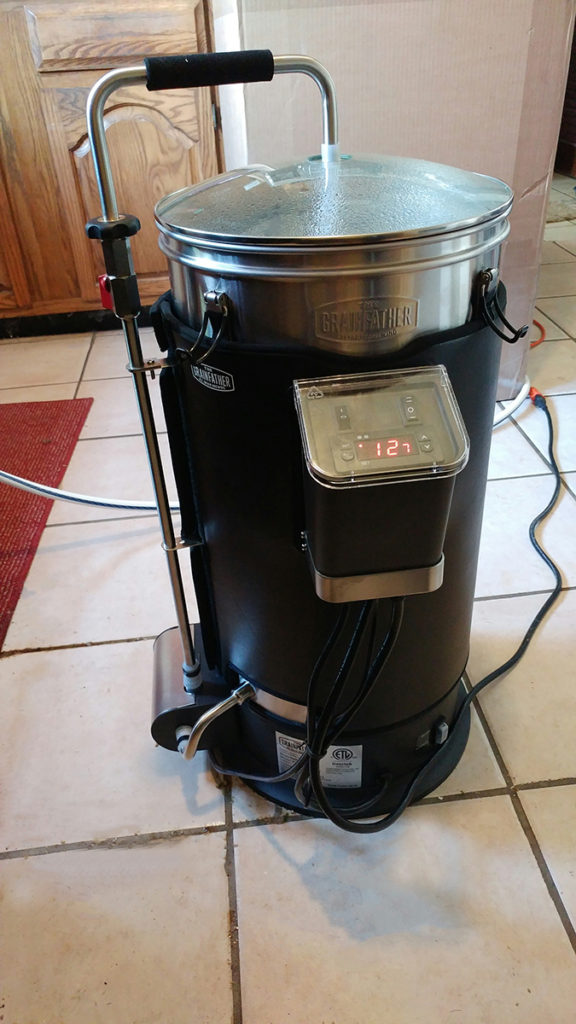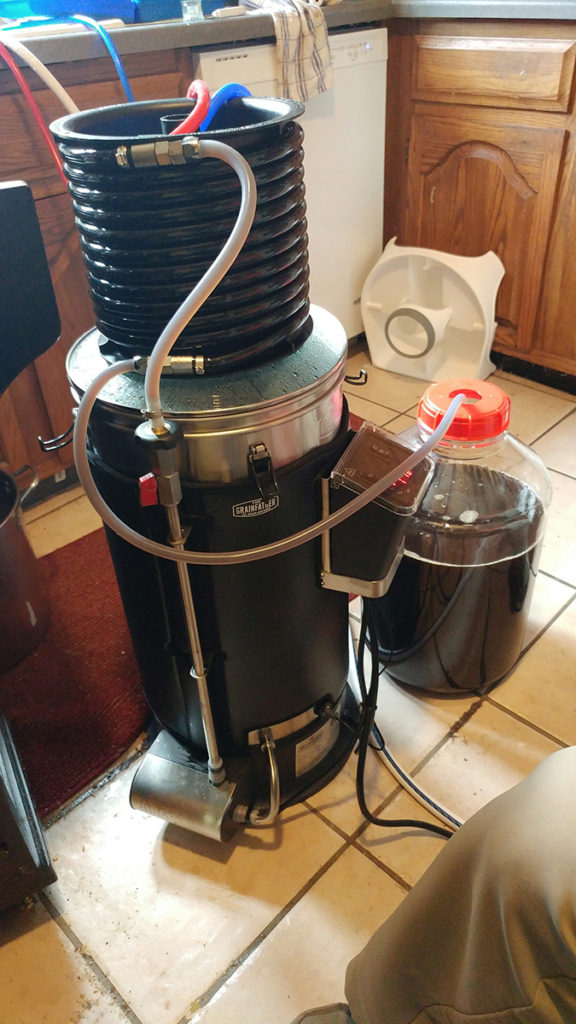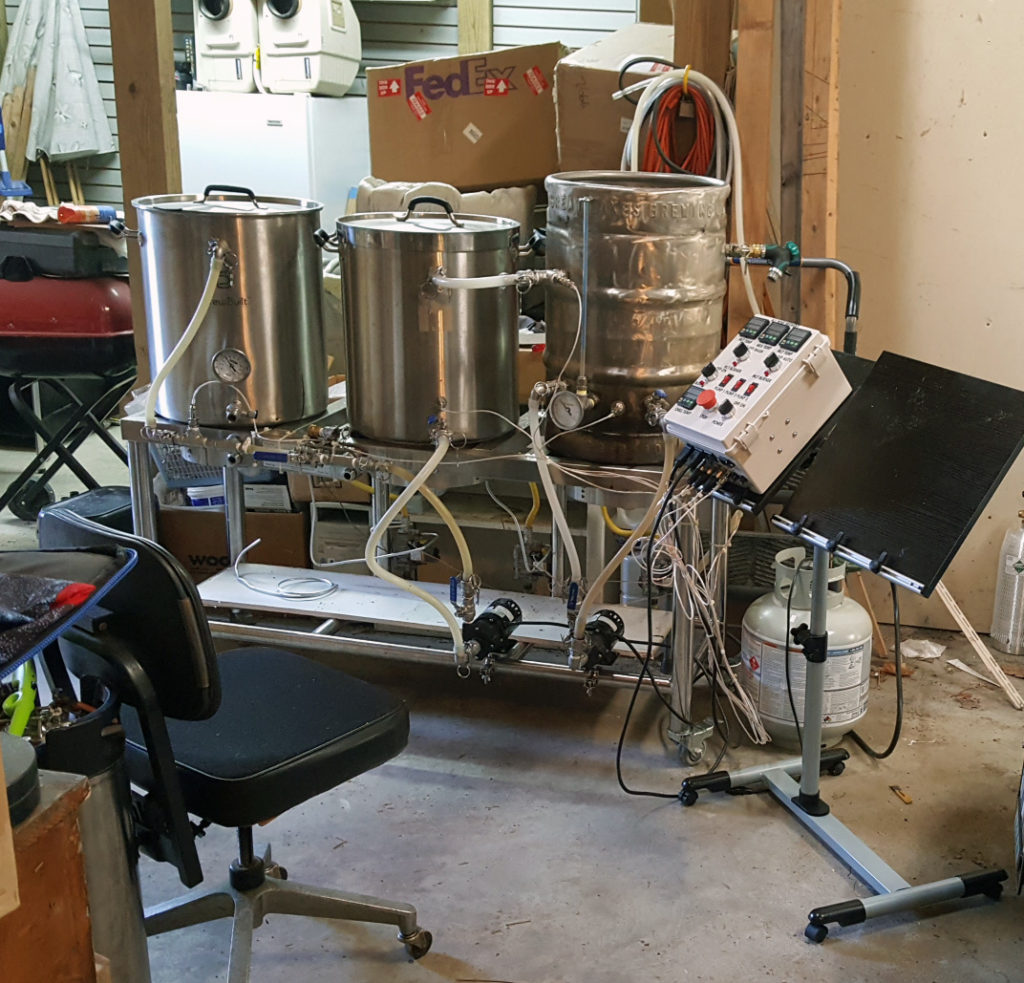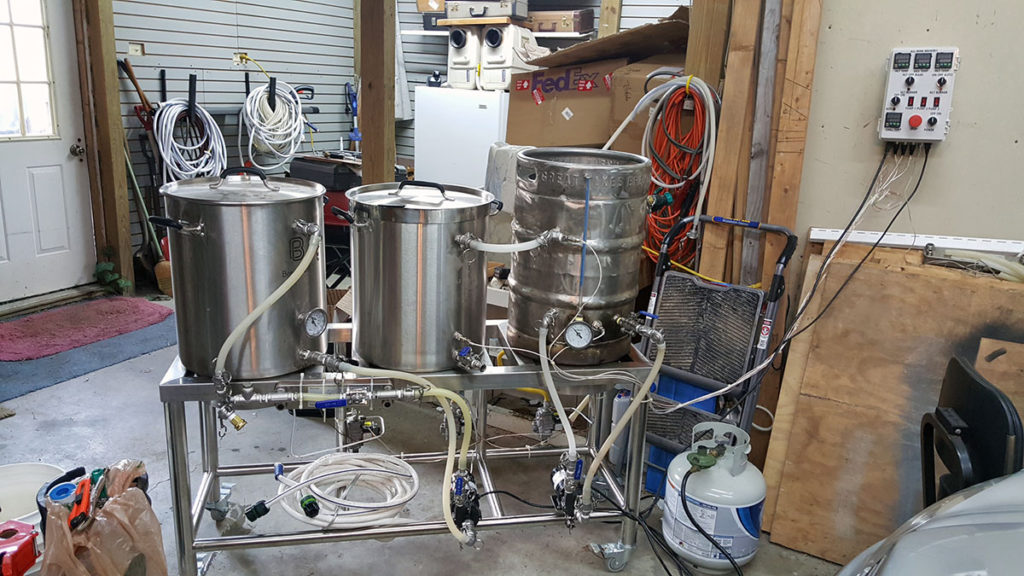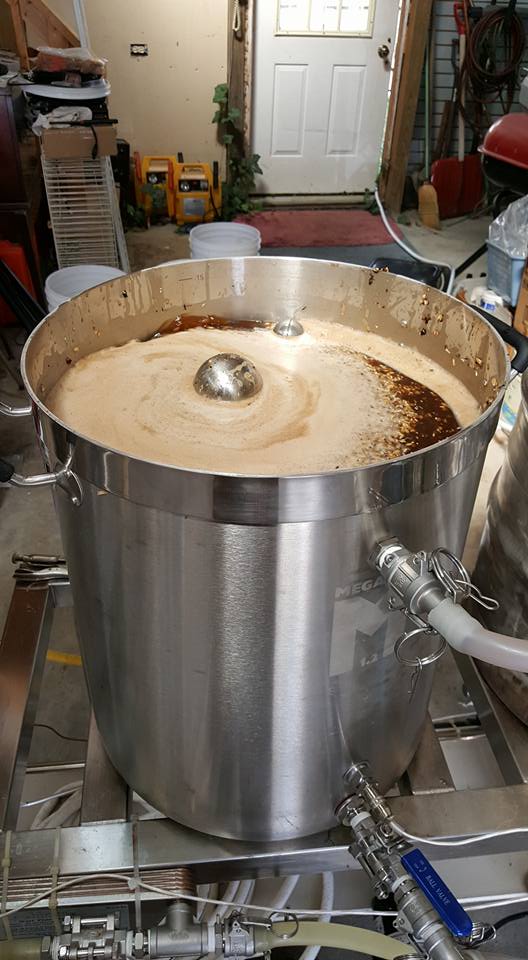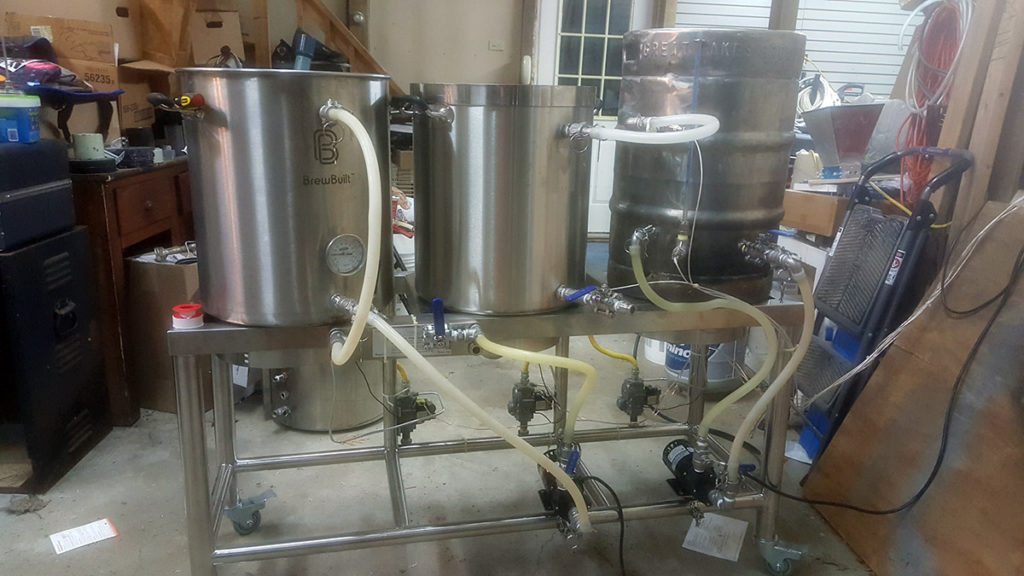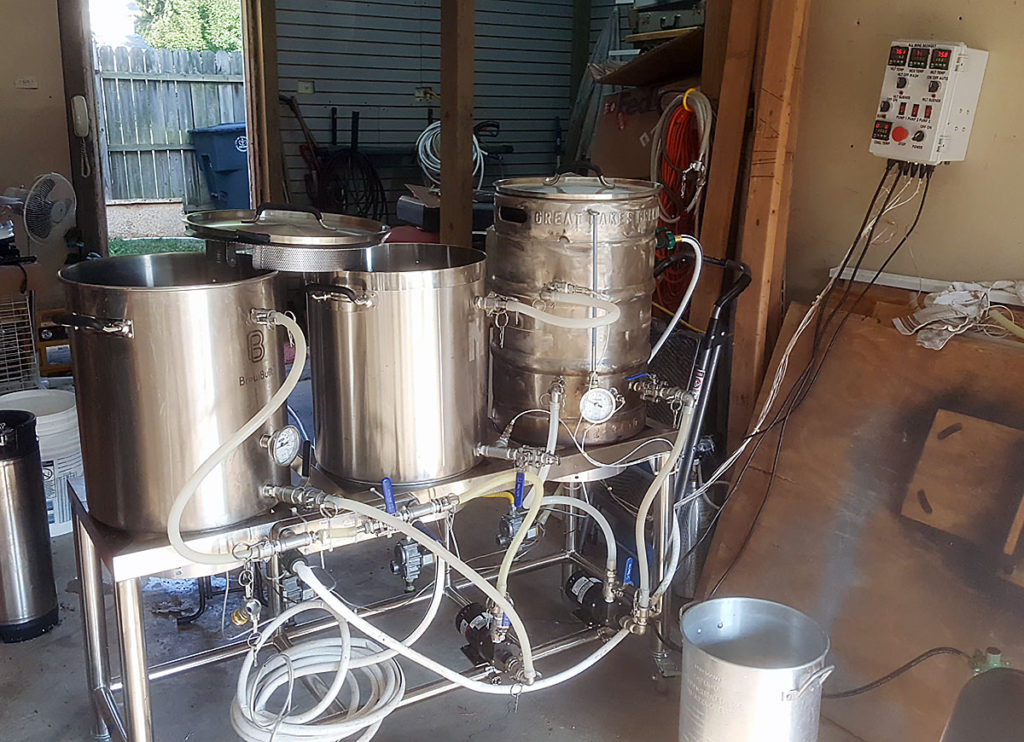
Did the first brew on the updated system today. It is a very different experience from using the Zymatic, which is all I have used since November. It is a more modest change from brewing on my original three vessel gravity feed system, but a significant one. I can report that each design change ended up pleasing me. To anyone considering switching from gravity feed to a single tier system, or to HERMS, or to direct RIMS, or from a conventional counterflow chiller to a plate chiller, or to an Autosparge, or to PID burner control, or to a whirlpool setup: I encourage you to give it a go.
During today’s brew I found that I appreciated each and every upgrade from my original setup. There is no reason to think that any of the changes (or all of them combined) are going to suddenly make better beer – but I enjoyed having and using them. It is a hobby, after all, and if I am going to spend most of a Saturday doing it I want to enjoy it. The system delivered on that goal; I did enjoy it. Further, over the last few months I also enjoyed figuring out how I wanted to implement each change as well as the activity of putting the system together. I wimped out on building the stand itself as I don’t weld but I got to select each component of the system and put it all together the way I wanted to. It was rewarding to see each element performing as desired.
So: is it better than the Zymatic? It is certainly very different, and using it is a very different experience. The Zymatic is extremely easy to use while still giving the user complete control over the brewing process. One makes all of the same decisions – recipe, ingredients, mash temperature and duration, boil duration, hop additions, etc. It can then be left to its own devices to achieve all of these things, leaving the brewer free to attend to other matters. This compensates for the limited batch size (usually 2.5 to 3.5 gallons) by permitting more frequent brewing sessions. You don’t have to set aside an uninterrupted brew day. I use mine in my office and brew while conducting business. This rig requires much more attention. I have to be there to tell it when to change temperatures. I have to be there to open and close valves and to move hoses and to turn pumps on and off. I have to be there to add hops at the appropriate times. I have to be there because from one to three large propane burners are operating most of the time and should not be unattended. I have seen some strong diatribes by those who feel that since the Zymatic eliminates much of this it isn’t “real” homebrewing. I don’t buy that; to me, homebrewing is about making decisions and implementing them. If the machine runs the valves and heaters under my command, the process is no less “pure” than if I stand there and perform the same functions by hand.
Conclusion: I like the Zymatic and will continue to use it, but less frequently (I have done 38 Zymatic brews since January). I have missed “normal” brewing and enjoy the hands-on aspect of using the new system as well, and will do dedicated brew days as time and weather permit. Each has its place and fills its own role.
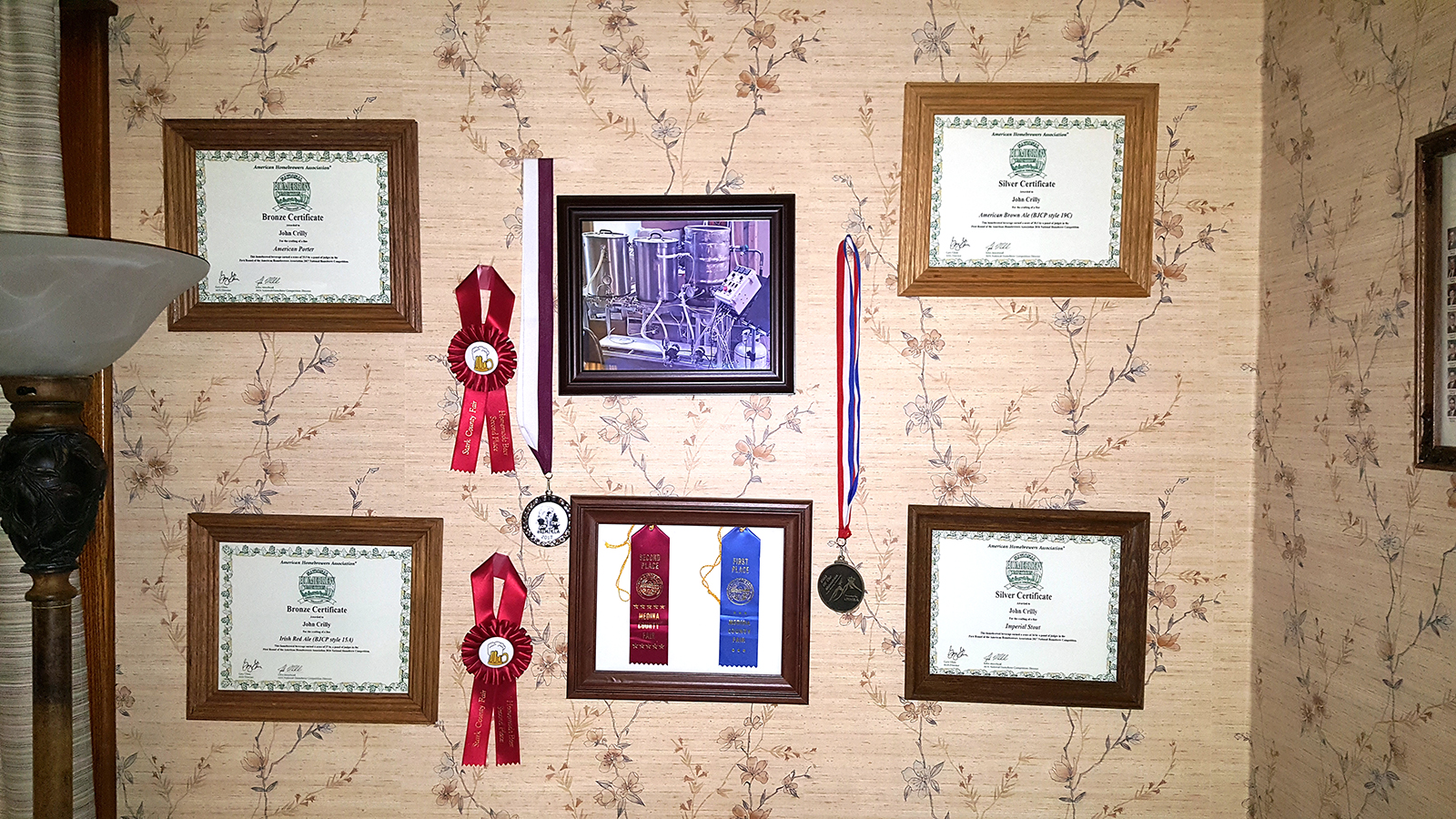
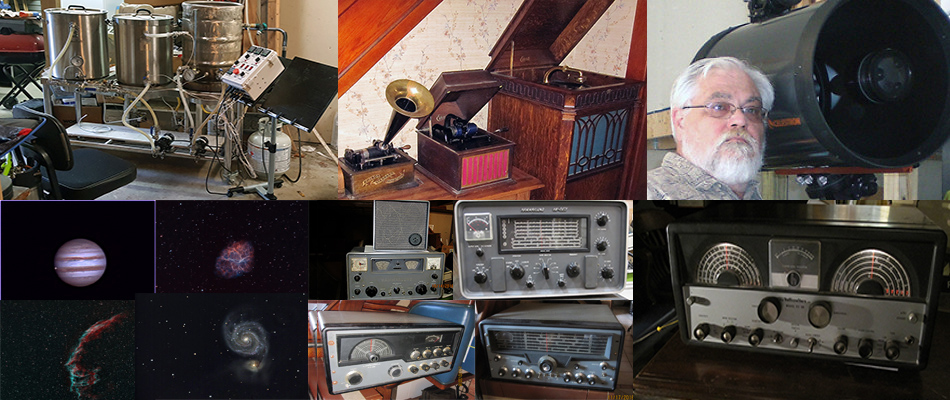
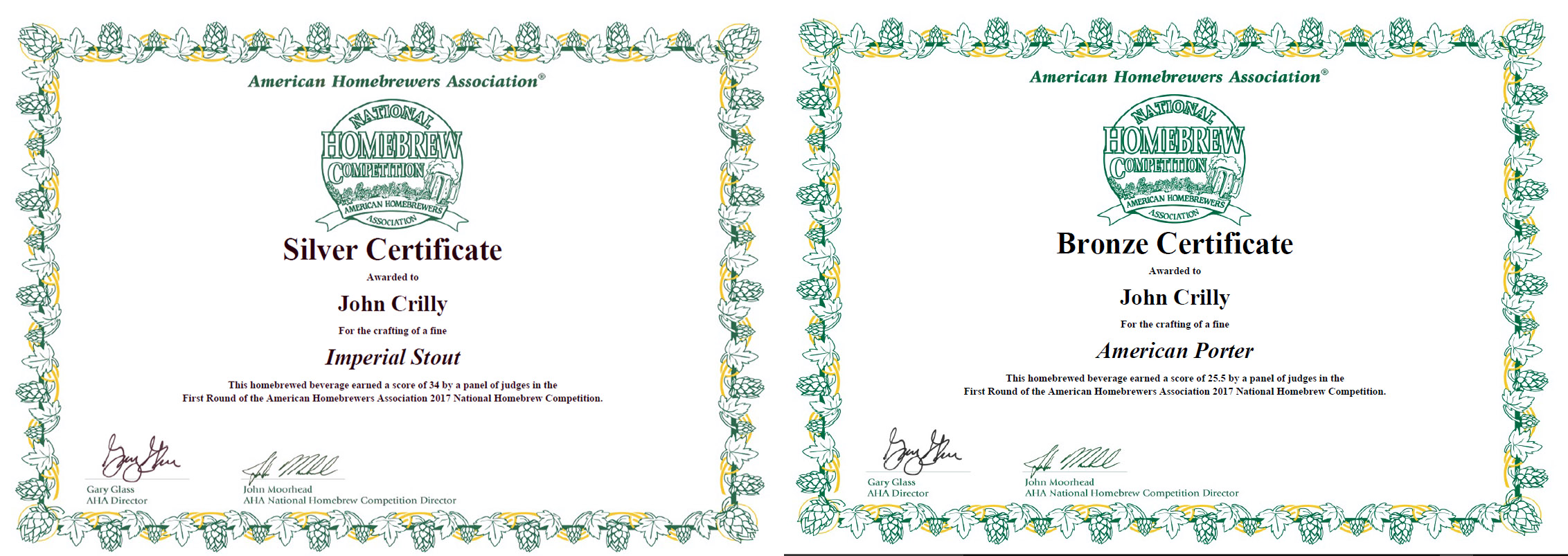
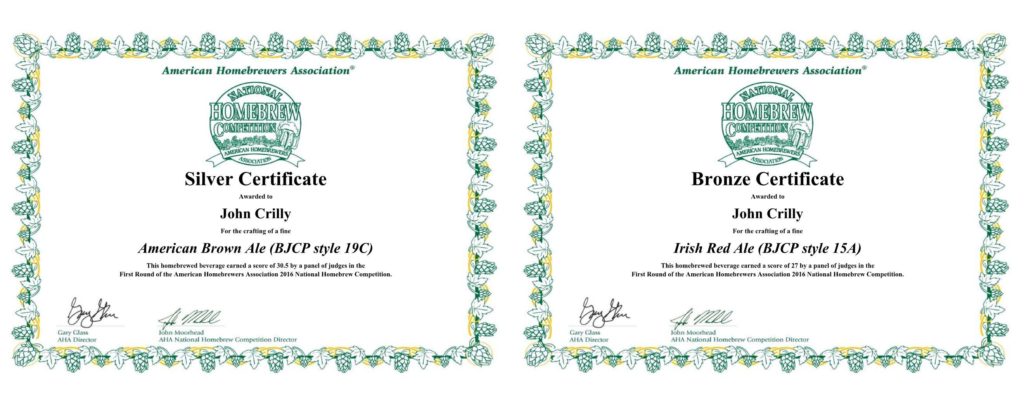

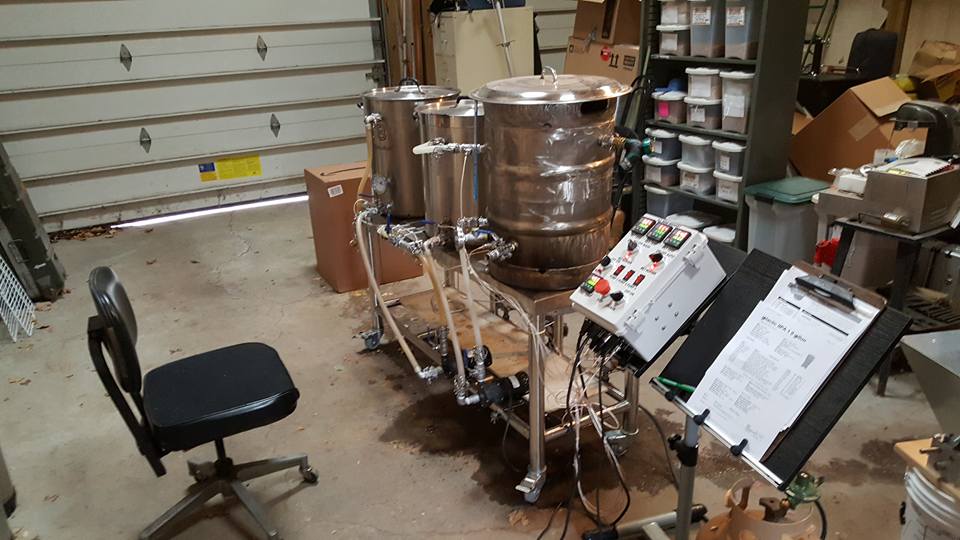 l
l